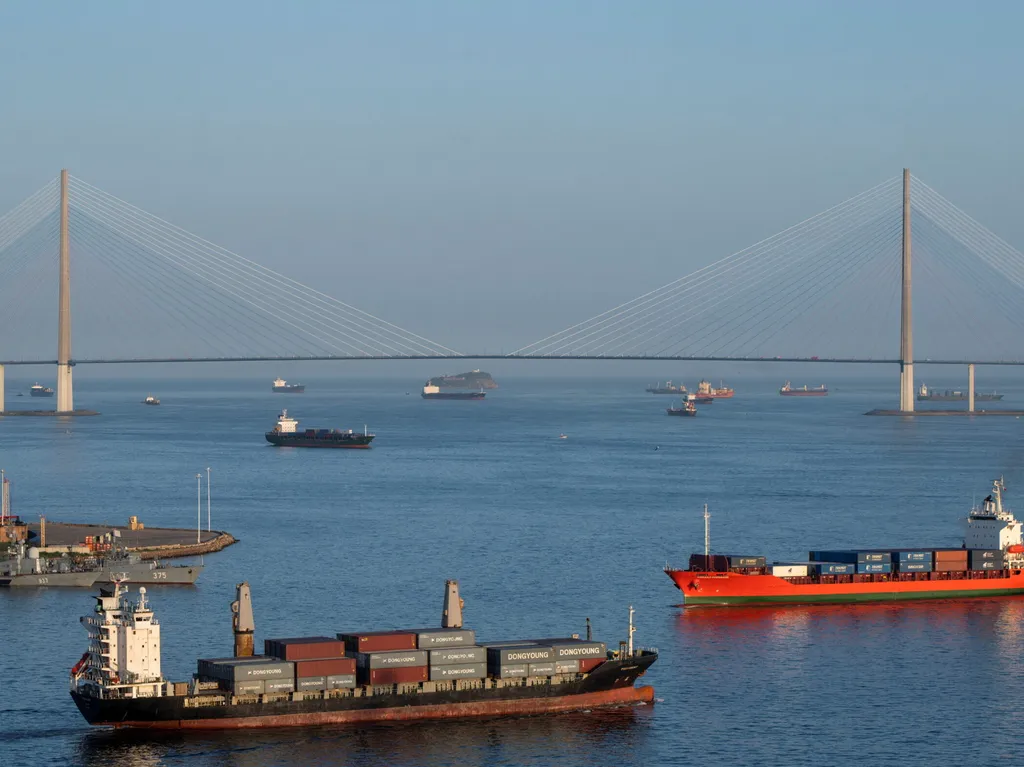The shipping industry has always been adept at navigating uncertainty, but the rapid expansion of the shadow fleet presents a new kind of risk—one that is informational. Each vessel that goes dark removes a small piece of the world’s safety awareness, and that loss is beginning to matter, writes Yarden Gross, CEO and Co-founder of maritime technology pioneer Orca AI.
A PARALLEL SYSTEM MOVING OUT OF SIGHT
The concern over the shadow fleet’s growth is now being voiced at senior industry levels. Okeanis Eco Tankers CEO Aristidis Alafouzos recently argued that the trend is not only persistent but likely to accelerate. Indeed, another six tankers and four gas carriers were blacklisted by the US administration just last week, bringing the total of Iran-sanctioned vessels to 170. Including vessels carrying Russian oil, an estimated 16% of the global crude fleet is already blacklisted. Alafouzos warns that sanction-driven rerouting, longer voyage times, and increased congestion are stretching available capacity to the point where further expansion of the dark fleet is inevitable.
Experts suggest the true number of vessels operating outside conventional oversight could already exceed 3,000, some approaching end of life or operating without insurance. These vessels have been described as “ticking time bombs” that are unlikely to return to mainstream trades and, in many cases, are being run to exhaustion.
FROM DISAPPEARING SIGNALS TO DISAPPEARING TRUTH
Disabling or manipulating AIS is often framed around sanction circumvention or environmental exposure. Yet the deeper consequence is data erosion; a valuable piece of information is removed from the collective maritime record. Multiply that across thousands of hidden voyage hours, and you get what can reasonably be called “dark data” – a growing blind zone in the industry’s ability to see and interpret risk. The effect is similar to what is known in cyberspace as the dark web: an opaque, unregulated parallel system where visibility, verification, and accountability diminish. The impact extends beyond safety. As Windward notes in its 2026 Maritime Forecast, each vessel that vanishes from digital view also dilutes the accuracy of global trade data, distorting freight indices and weakening risk modelling. Maritime commerce depends on transparency; once it fades, uncertainty increases not only danger but cost.
AIS ALONE CAN’T CARRY THE WEIGHT
For decades, AIS has been regarded as the foundation of digital visibility, but its signals are increasingly being switched off, spoofed, or falsified, sometimes by malicious actors, sometimes through cyber interference, and often simply by operators seeking to hide illicit activity such as illegal fishing and smuggling. But whether deliberate or opportunistic, every vessel that sails unseen makes the operational picture less reliable for those navigating responsibly. This is where visual intelligence becomes essential. By combining multiple sensor inputs – from daylight and thermal computer vision and Radar – AI-based object detection and situational awareness technology enables bridge crews to validate what is physically present even when digital signals are absent or unreliable. This is not surveillance; it’s verification. When data is uncertain, visual confirmation provides a reliable baseline for safe navigation.
RISK WITHOUT LEARNING
The recycling issue magnifies the concern. Some sanctioned ships are already reportedly being scrapped “discreetly… in crypto” outside formal channels. Others are abandoned just offshore; “drop the hook and leave the crew,” as one industry specialist put it. Without a legitimate route to decommissioning, many vessels will continue to operate until they fail. The industry fear is that it will take a major casualty before decisive action is taken. From a data perspective, the implications run deeper still. Maritime safety improves through learning – analysing past incidents to prevent them happening again. Vessels operating unseen break that data loop. Lessons can’t be drawn from events that go unrecorded. And without the ability to learn, risk compounds over time.
RESTORING VISIBILITY
Restoring visibility is therefore not only about managing real-time safety; it’s about safeguarding the industry’s ability to build and retain knowledge. That is where digital verification and evidence-based systems have a role to play in countering the rise of dark data. No one expects wholesale technology adoption overnight. Yet certain principles now belong at the core of modern seamanship, including visual verification of the presence of a vessel(s) beyond AIS; credible digital evidence that supports operational and legal clarity; and active data sharing between responsible fleets to maintain collective awareness. These capabilities support safer navigation and protect the learning cycle that informs future risk management. They give operators the means to establish what was happening with confidence – not simply what was reported.
The dark fleet may grow, but our capacity to understand and respond must outpace it. The real risk is not only in what these

